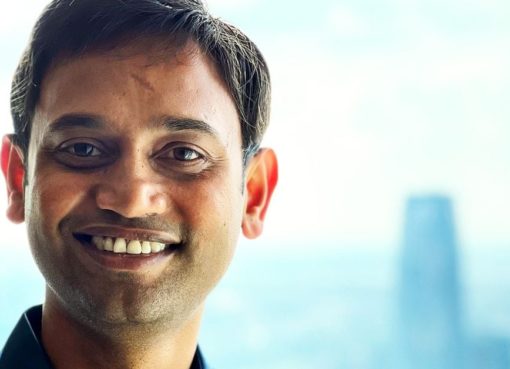On Sunday, nine days after the cease-fire took effect in Gaza, medical staff from Doctors Without Borders (MSF) in Al Aqsa hospital, Gaza, received 70 patients with blast injuries from Israeli airstrikes. MSF medical staff in Nasser hospital treated a patient shot by an Israeli quadcopter. Staff in one of MSF’s field hospitals in Deir al Balah received 18 patients with blast injuries. The U.N. Department of Safety and Security, which monitors security threats in humanitarian contexts such as Gaza, recorded at least five areas hit by airstrikes across the Strip.
These attacks, which came less than two weeks after Israel and Hamas agreed to halt hostilities and began exchanging Israeli hostages and Palestinian detainees, left MSF colleagues in Gaza shocked and frightened that they presaged a return to the appalling violence that has killed nearly 70,000 Palestinians and injured more than twice that number over the last two years, according to Gaza’s health ministry.
As the attacks were ongoing, so was a parallel exchange of accusations, denials, and access reversals. Over a 24-hour period, Israel revoked, then reinstated its decision to close the Rafah border crossing between Gaza and Egypt. The Kerem Shalom and Kissufim crossings have since been reopened, but Rafah is still closed.
This is the main threat to Gaza today. While the cease-fire is essential to prevent further injury and death, humanitarian aid to the 2 million inhabitants of Gaza is vital to begin transforming their situations. Just 750 metric tons of food are now entering Gaza daily, far below the World Food Programme’s target of 2,000. And conditioning the arrival of aid is not only illegal but also cynical, inhumane, and damaging to our wider humanity.
The price of doing so is high. The toll of the last two years is staggering. Tens of thousands are dead, many more are injured or permanently disabled. More than 90% of Gaza’s homes are damaged or destroyed: families are camping in the rubble of their former homes, or inside schools sheltering hundreds of people, or in warrens of temporary structures crammed together because no other space is available. A U.N. backed report in August declared famine was taking place in Gaza City. Today, food availability remains wildly variable, as do food prices. Water, sanitation, and power systems are mostly destroyed. Meaningful economic activity has become largely impossible. Services, infrastructure, governance, stability—everything that is needed for even a vaguely normal life is either gone, or on its knees.
Read More: The Tragedy Unfolding in Gaza
Nowhere is this collapse more visible than in Gaza’s health system. What remains of it functions less as system, more as a network of last resorts. Only 14 of Gaza’s 36 public hospitals are open at all—not one is fully operational. A handful of NGO field hospitals are propping up some capacity—mostly surgical—but cannot hope to replace what has been destroyed, let alone provide all the medical care needed by a beleaguered, injured, deprived population living in horrific conditions. More than 1,700 healthcare workers have been killed, and Gaza has been the deadliest context for aid workers, with 181 fatalities last year. Fifteen of those killed since 2023 are our own MSF colleagues. The expertise and skills of health staff cannot be replaced overnight.
The health system is not collapsing by chance. It is because Israeli bombs and blockades have made it impossible for hospitals and health clinics to work as they should, impossible for their staff to remain safe and housed nearby, and impossible for patients to access the care they need. Today, over 15,000 patients are registered for medical evacuation from Gaza because the care they need is no longer available. While Egypt has received at least 1,623 patients, other countries have received far fewer (the U.K. just 39 and France 14, for example). At least 740 patients from this list—including 137 children—died waiting for permits to leave.
While the commercial supply of goods has improved since the cease-fire deal, the flow of humanitarian aid continues to be marred by bureaucracy, delays, and blockages. So-called “dual-use items”—a non-exhaustive list which includes solar panels, surgical fixator sets, spare parts for sewage pumps—have long been subject to special approvals, each of which must be obtained individually for every importation. Various aid groups, as well as a U.N. court, say the overall restrictions are unjustified and breach Israel’s international obligations. And this model of access, dependent on negotiation and renegotiation and repeated discussions about individual items, is neither sustainable nor capable of delivering aid at the scale that is needed.
Any restrictions on aid against the background of Gaza’s immense needs should be unacceptable. Denying people the essentials necessary for their survival, to obtain compliance or a political agreement, should be unacceptable. Humanitarian aid and civilian protection are unambiguous obligations under international law: people do not have to earn, or to justify, their rights to food, medicine, and shelter. We cannot normalize the conditioning of relief on security guarantees, or on political compliance, that costs lives.




